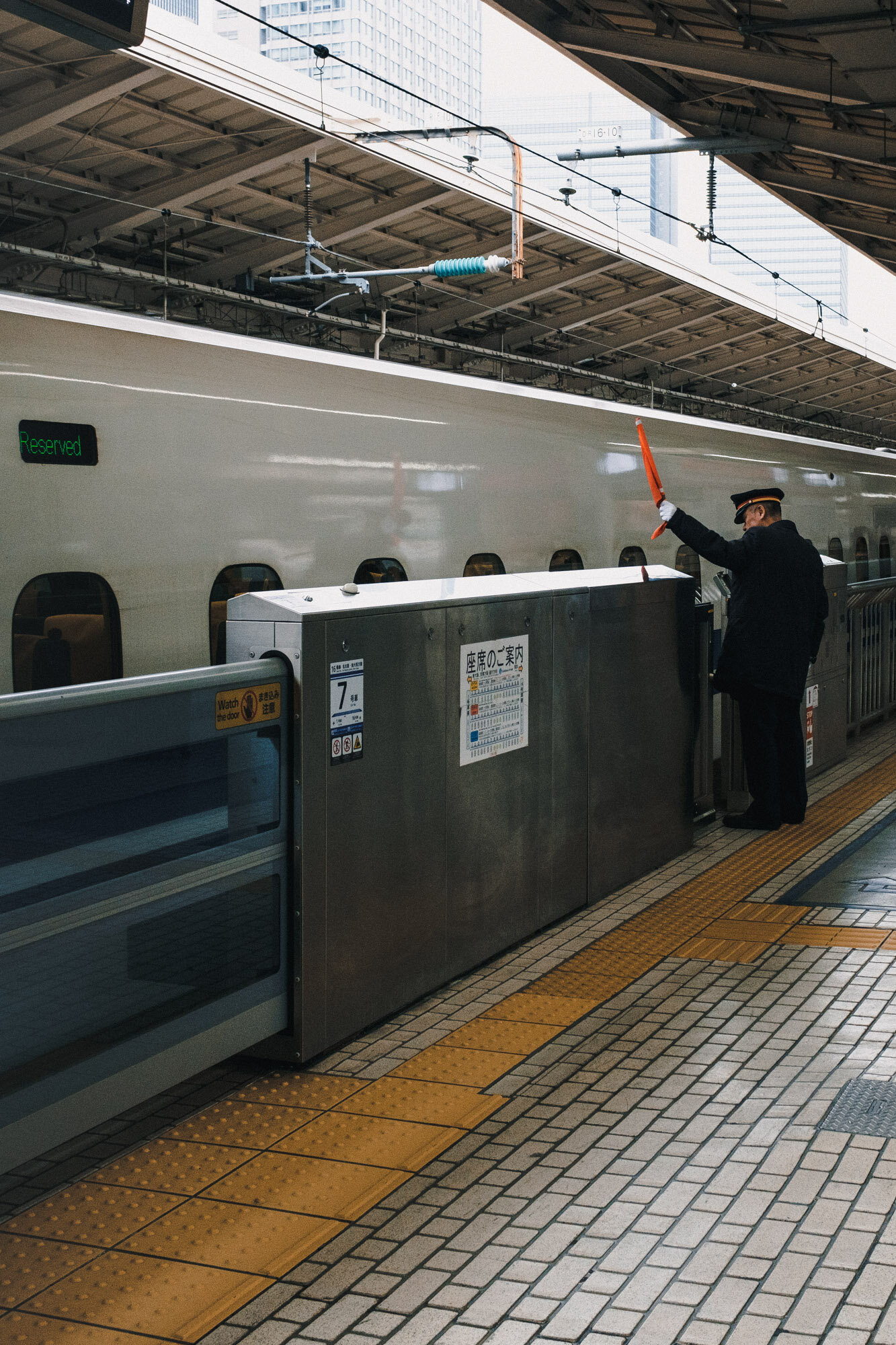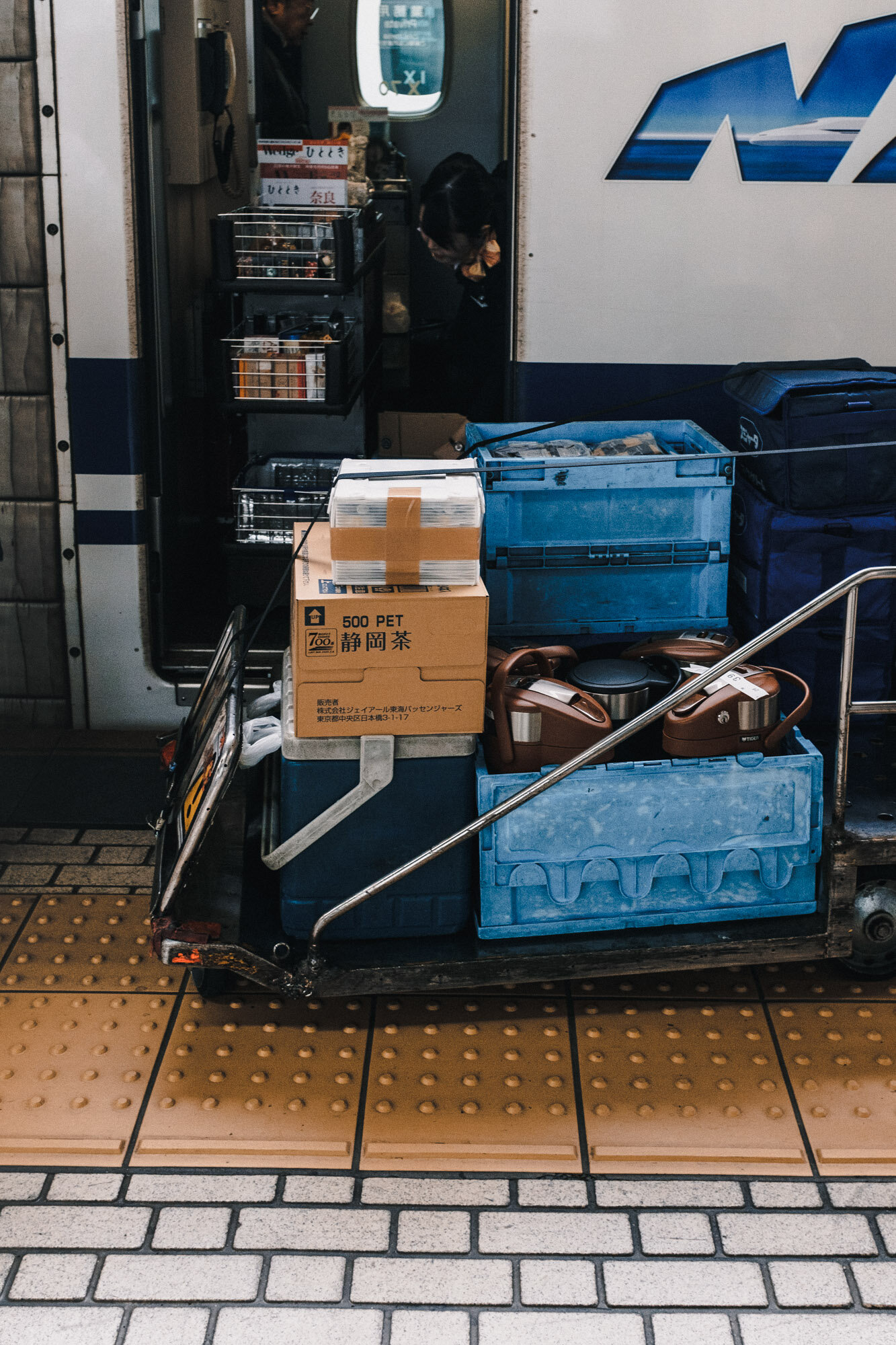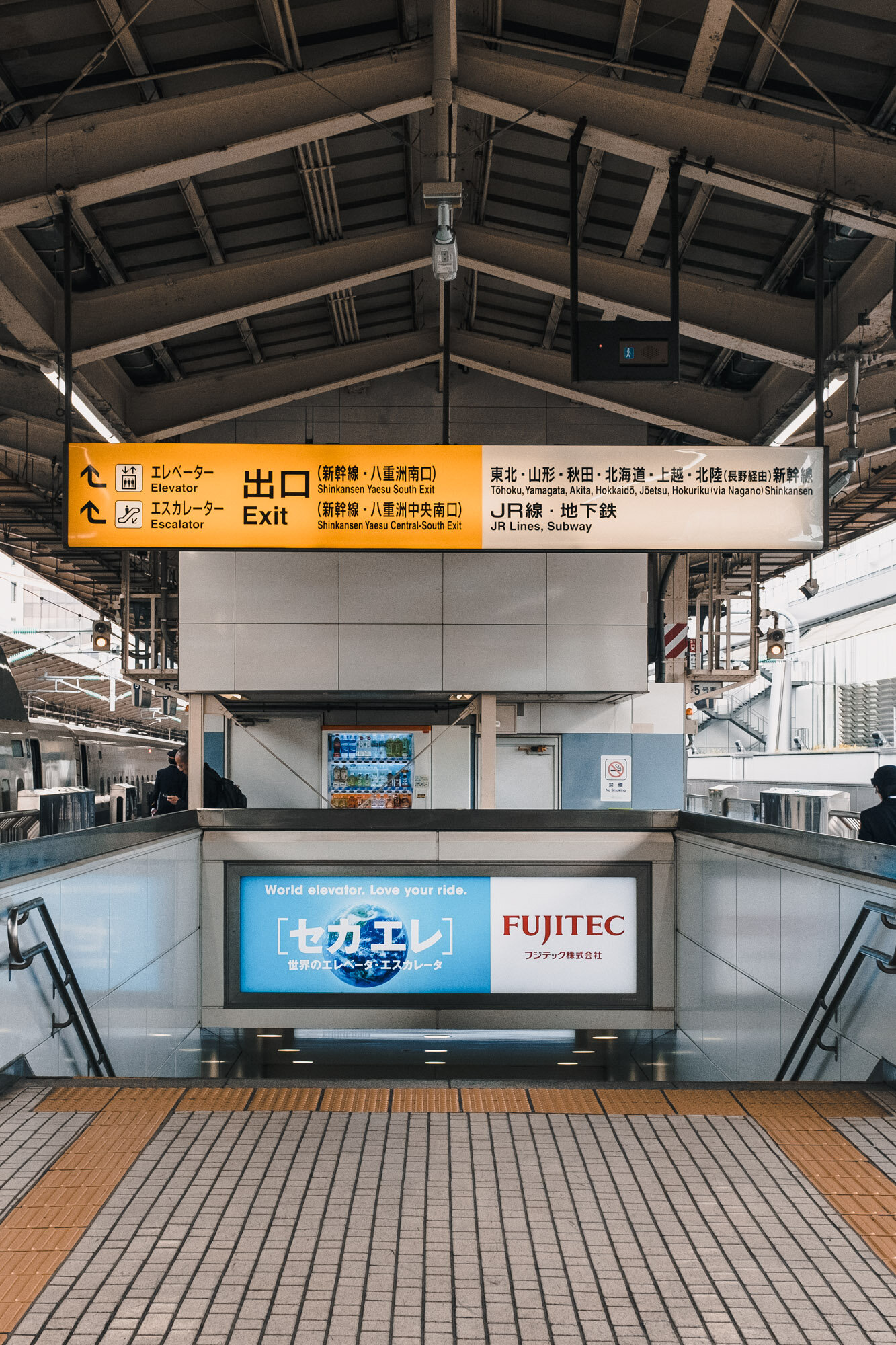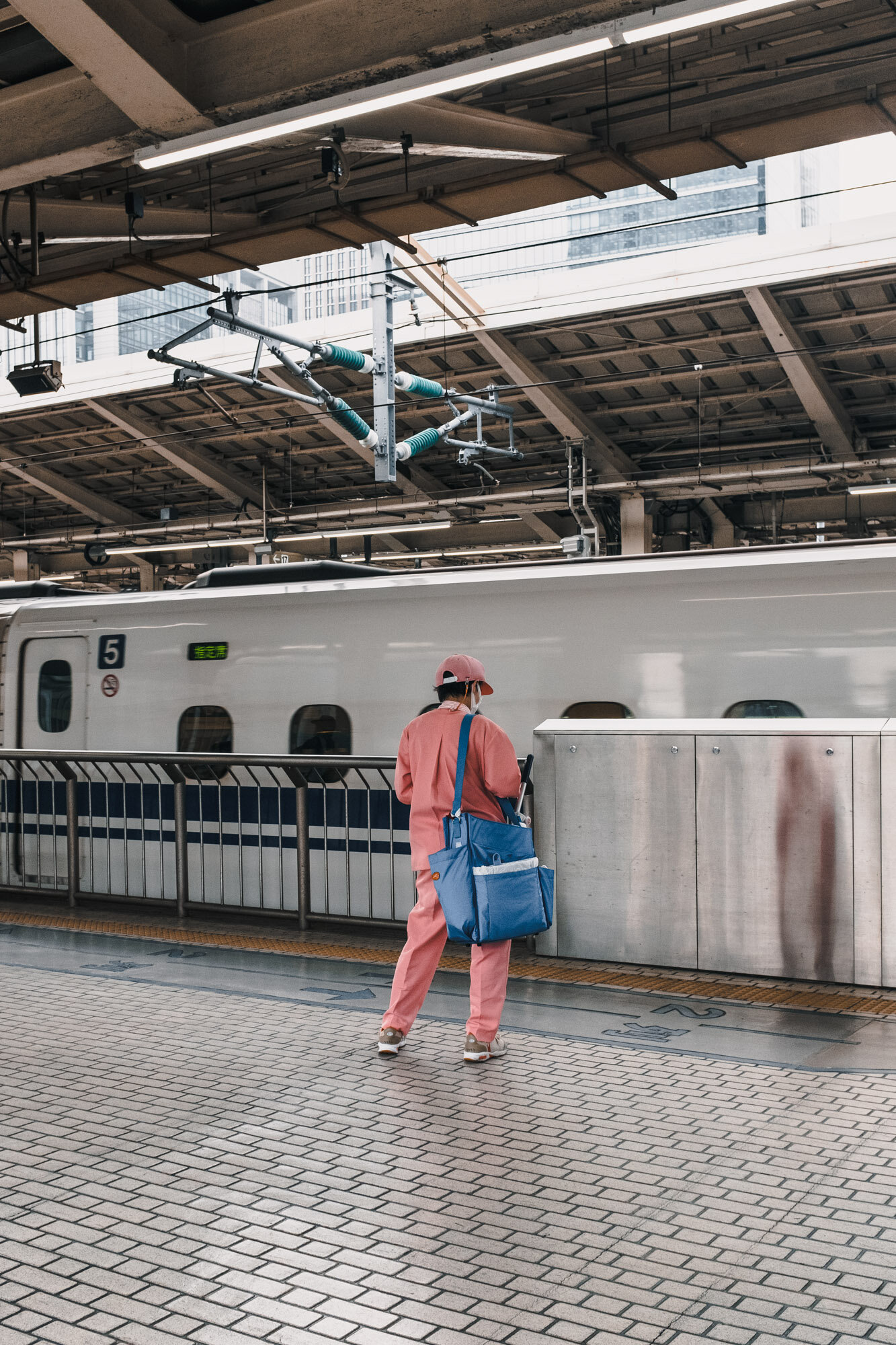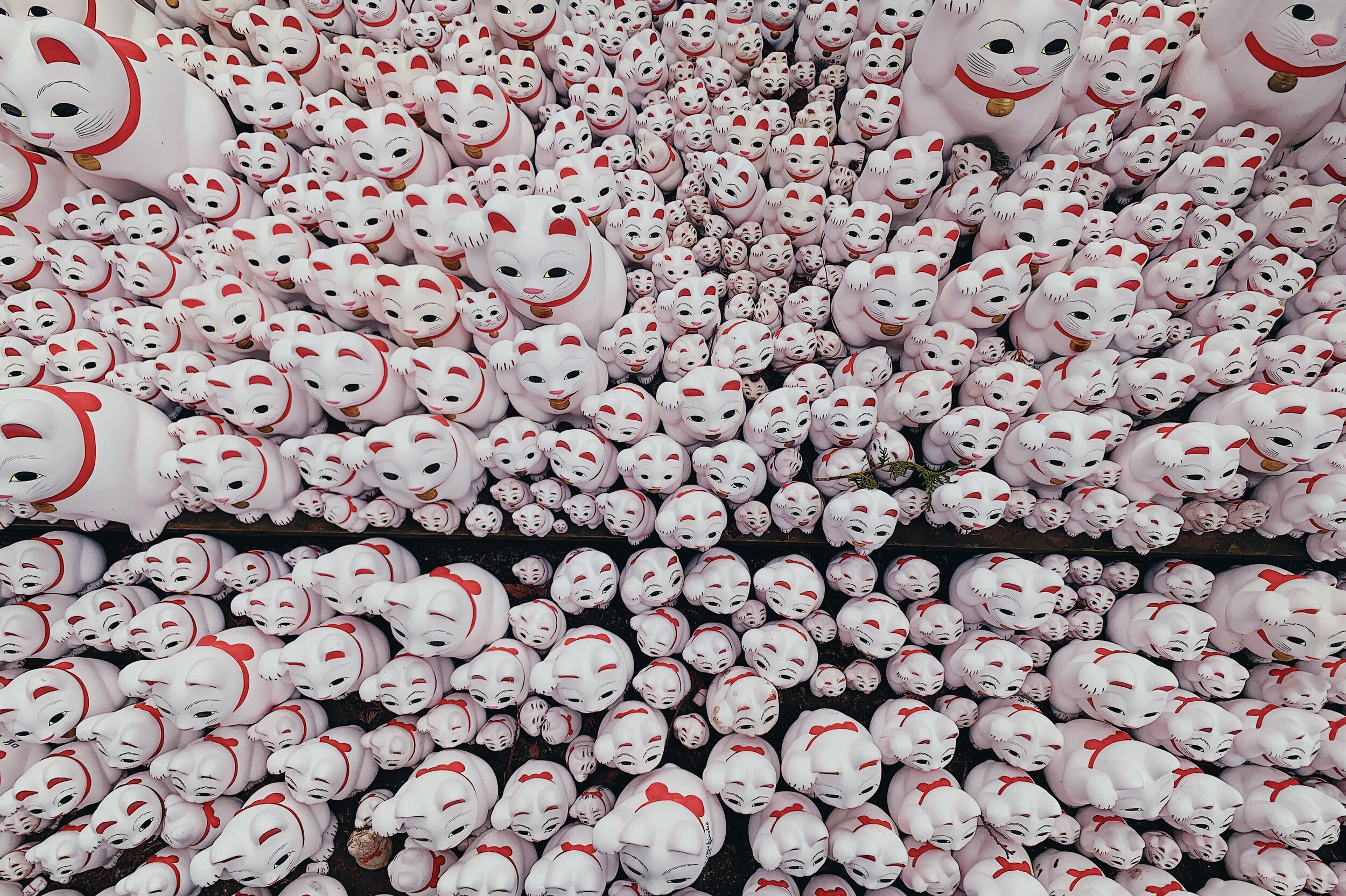The Shinkansen choreography
If you‘ve ever watched a dance performance, you’d have noticed the changes in tempo, the pauses, the picking up the pace, all in a few minutes. On that morning, watching the trains pulling in and out of the station felt like having front row seats to a ballet.
In hindsight, arriving at Tokyo station two hours before my train was not a bad decision. Had I not been so conservative with time, I would have missed the chance to observe, beyond the quick, curious glance other passengers seem to give all of this, the intricate routine necessary to ready a Shinkansen for its next trip.
Situated in the historical and political centre of Tokyo, the station by the same name, is an impressive 304 meters long and it’s the busiest in Japan in terms of trains per day (more than 3000). Of its fourteen lines, many of them are used by the Tokaido Shinkansen, the most heavily travelled high-speed rail route in the world.
Watching the behind the scenes of running the busiest station in the country was nothing short of impressive, and more than once reminisced me of a dance performance. The slow introduction to the performers: the station-master, the cleaning crew, the train crew, the passengers. The development of the plot: the train pulling in under the watchful eye of station-master; Pink uniformed cleaning ladies, with big shoulder bags overfilled with cleaning products, walking briskly across platforms with timetables in hand and new train crew positioning themselves in front of the train doors ready to bow respectfully to exiting passengers.
There was a slowing of the pace between the cleaning crew getting to work and the new passengers forming orderly queues at the doors. And a quickening when the team exited, bowing to the boarding passengers and scuttling along to repeat the process.
The conclusion of this intriguing choreography is the station master’s solo when all passengers are comfortably sat on their allocated seats, bags stored away, coats hung on the wall hooks. Looking along the platform once, twice, three times, the station master raises the microphone to announce the departure of the train (and possibly all the Japanese wishes of an enjoyable trip and a thank you for using the service), while also raising the red flag he carries around and pointing forward. On cue, the train slowly picks up speed and pulls out of the station.
Regardless of the number of times I’ve got on a Shinkansen, I don’t think I’ll ever get tired of this attention to detail. Whether it looks like a dance performance or not, readying a Shinkansen shows that the art of Shokunin permeates every layer and every interaction of Japanese society.



